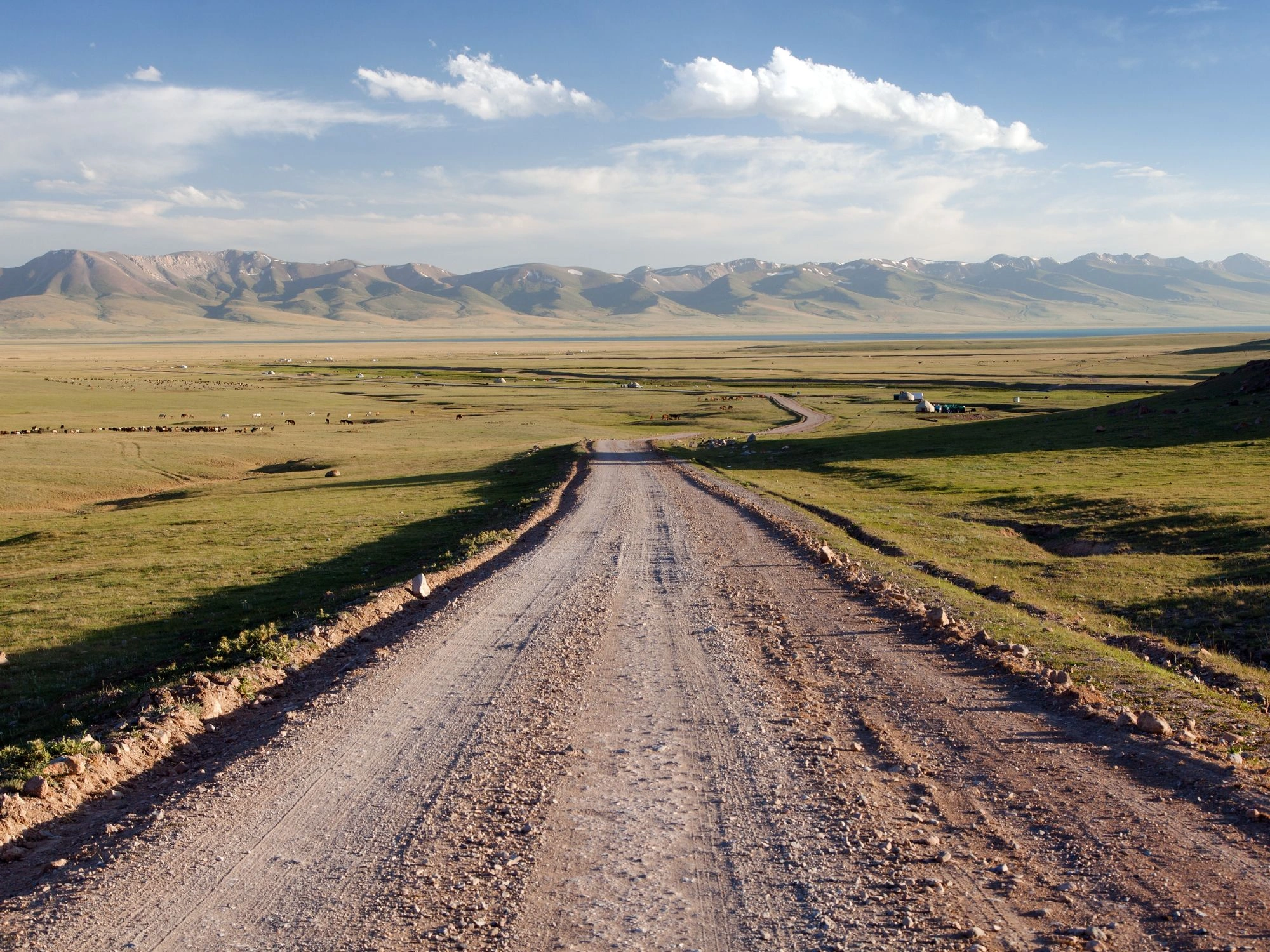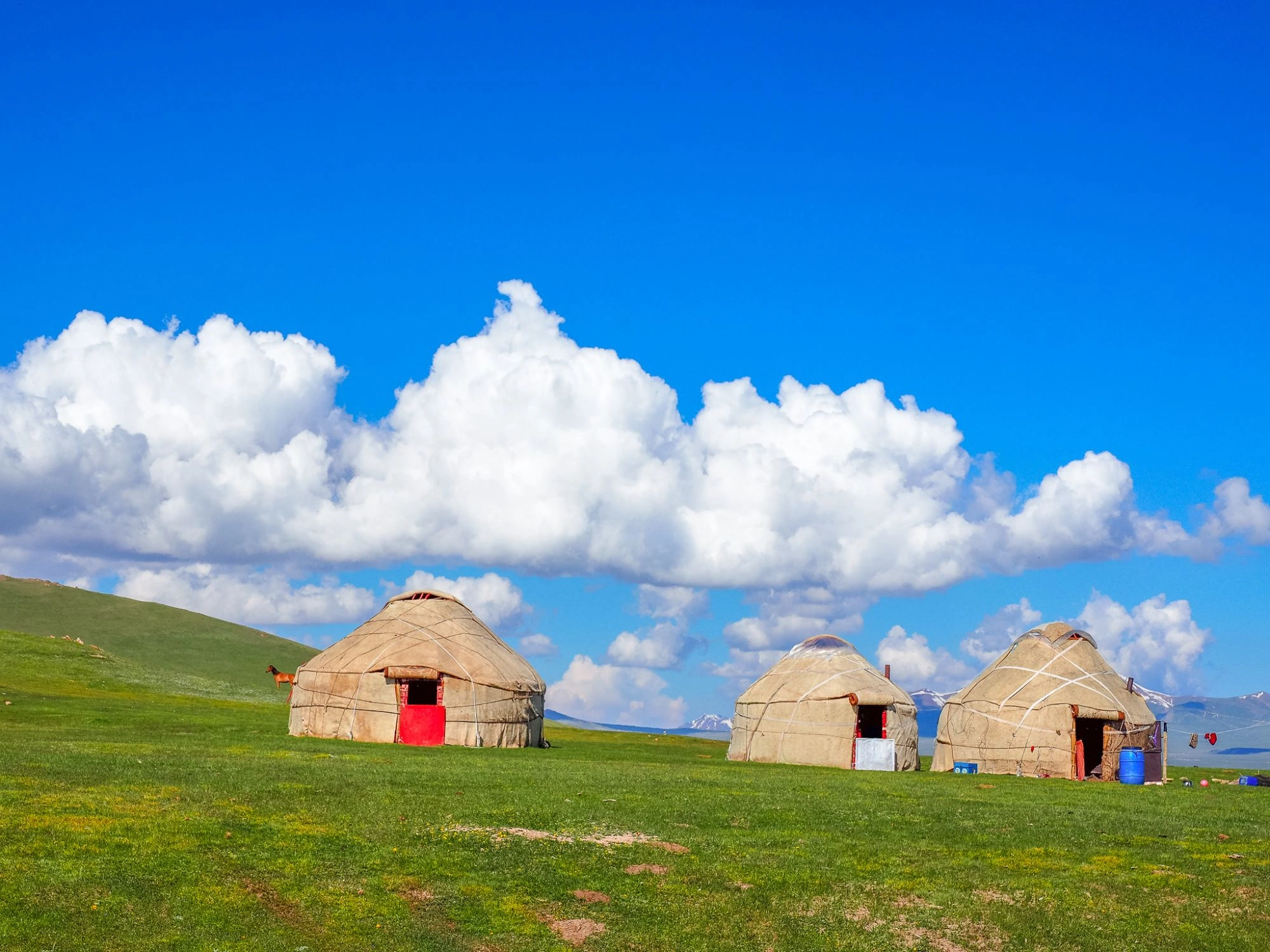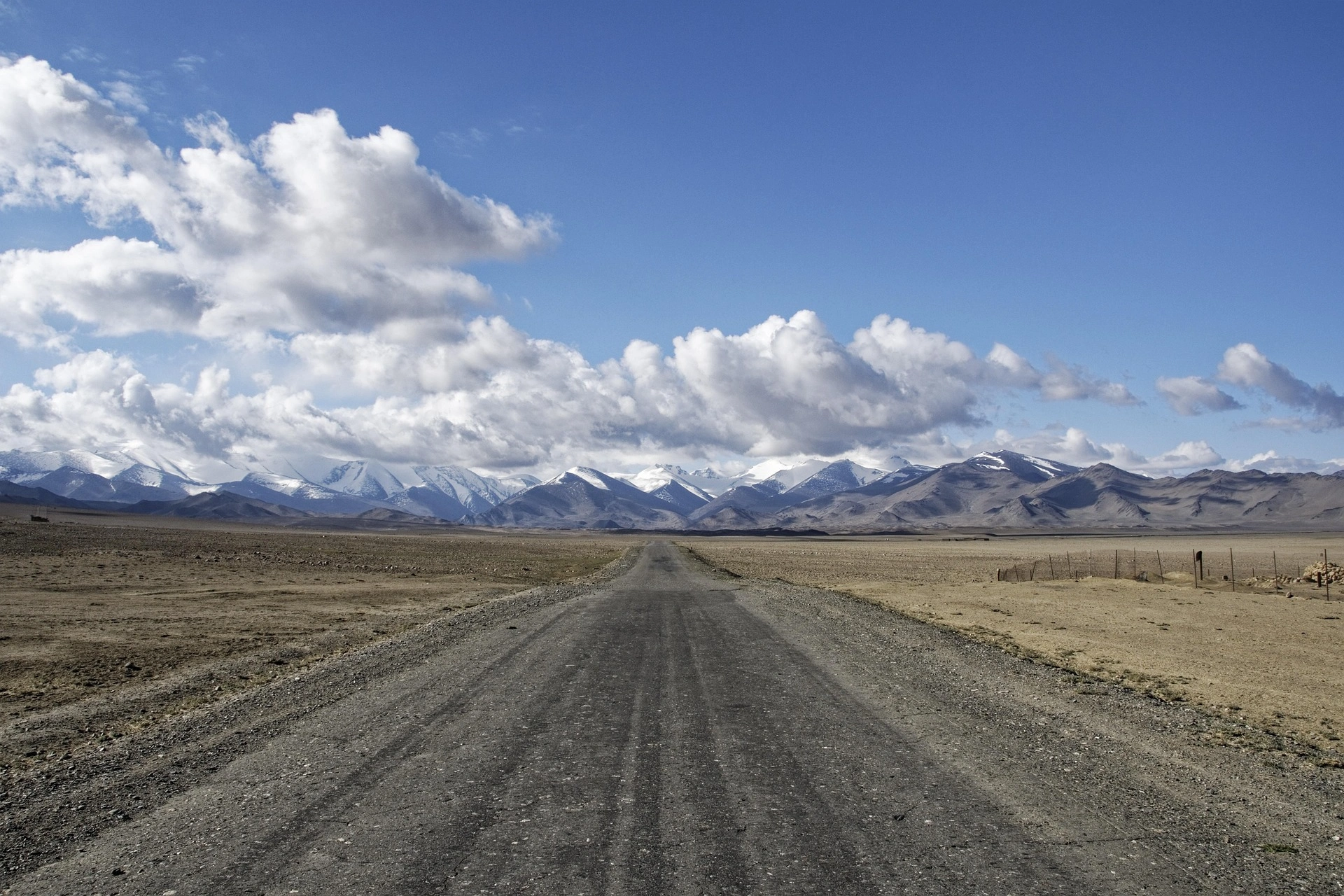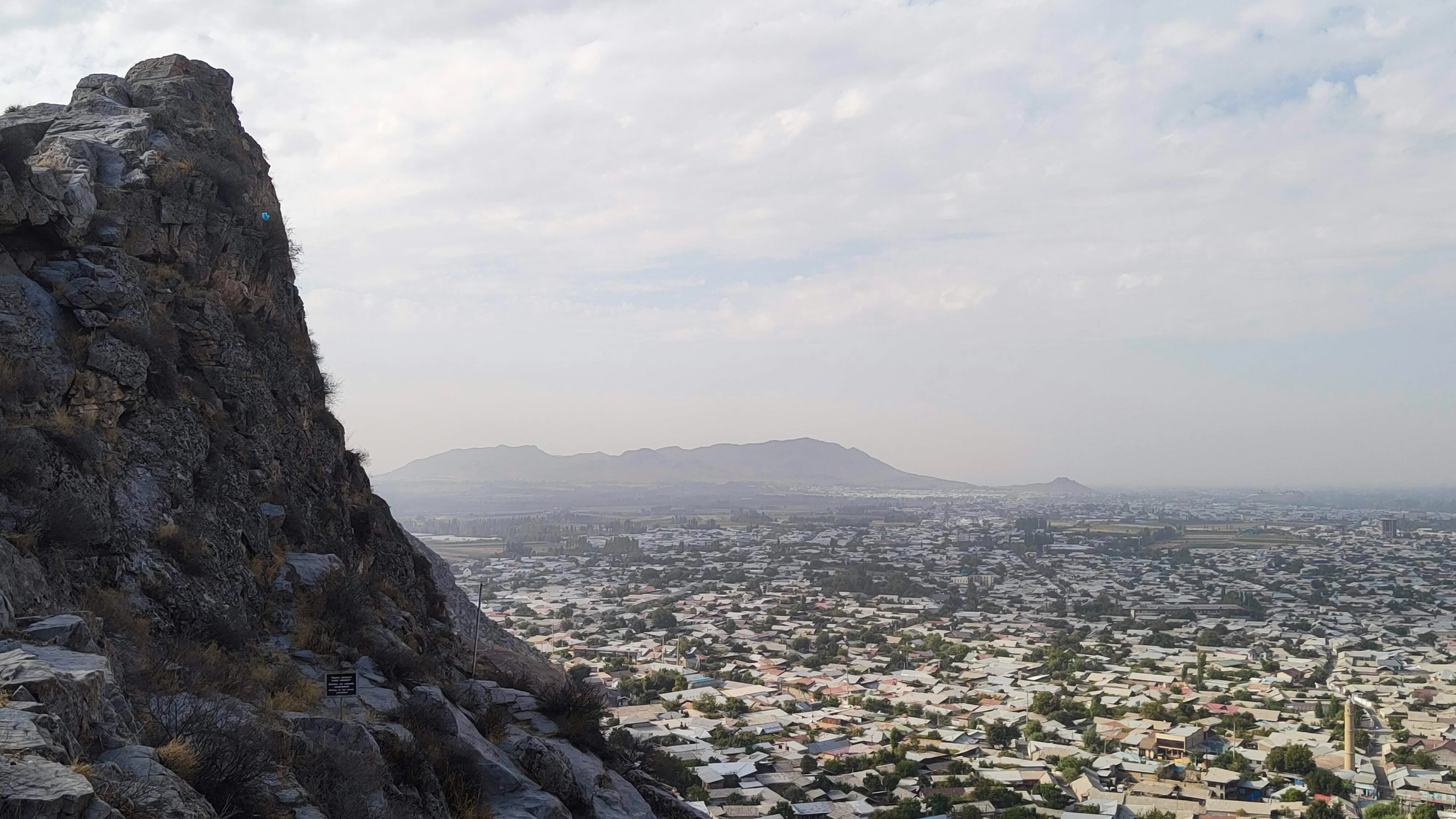Tian Shan: Kyrgyzstan’s “Heavenly Mountains”

Tian Shan: Kyrgyzstan’s “Heavenly Mountains”
Tian Shan, known as the is a breathtaking landscape that seems to pause time. Stretching in a jagged, elongated ridge across Central Asia, these peaks form the very heart of Kyrgyzstan: alpine meadows, crystal-clear blue lakes, dramatic mountain passes, and summer pastures dotted with yurts that resemble white flowers scattered across the hills. For travelers seeking a blend of untamed nature, vibrant traditions, and authentic, off-the-beaten-path experiences, the Tian Shan offers all this and more.
A Brief History
The Tian Shan mountains have served as a crossroads for thousands of years. Routes winding along their foothills and traversing lower passes were integral parts of the overland networks connecting East and West. These mountains provided shelter for small states, caravanserais, and seasonal communities. Over time, the range has absorbed influences from Turkic nomads, Persianate cultures, and later imperial administrations - a rich layering reflected in the region’s language, music, and rituals. Folktales and epic poetry, especially long heroic songs passed down through generations, still resonate in the valleys, making the mountains not only a natural wonder but also a vibrant cultural archive.
Cultural Significance
For the Kyrgyz people, the Tian Shan mountains are far more than a mere backdrop - they are deeply intertwined with daily life and cultural identity. The tradition of moving herds to alpine jailoos (summer pastures) sustains nomadic rhythms, as families, animals, and their seasonal cycles remain closely connected to elevation and water sources. The yurt - a portable, round tent - is not only a practical home but also a powerful symbol of hospitality, mobility, and a profound bond with the land. Visitors, especially in rural areas, often experience warm and generous hospitality: tea is offered, stories are shared, and guests are treated with great respect. Rituals involving food, music, and seasonal gatherings link present-day communities to centuries of mountain life.
One of the most iconic cultural traditions is eagle hunting, which has been preserved in some mountain communities. The bond between the hunter and the golden eagle is profound and ritualistic, and witnessing a trained bird collaborate with its handler is a powerful experience that showcases the deep connection between humans and animals, as well as the enduring legacy of survival in harsh environments.
Traditional foods to try
Mountain food is designed to keep people warm and moving. Expect simple, hearty dishes - flavors that suit long days outdoors:
- Kuurdak: A skillet meal of fried meat (often lamb or beef) with potatoes and onions. Rich and warming.
- Lagman: Hand-pulled noodles in a savory broth, often with stewed meat and vegetables - comforting after a long hike.
- Plov (osh): A communal rice pilaf with meat and spices, commonly shared at gatherings.
- Kymyz (kumis): Fermented mare’s milk, slightly sour and fizzy. It’s a cultural staple and an acquired taste for visitors.
- Baursak / boorsok: Fried dough balls, light and often served with tea.
- Kurut: Dried yogurt balls - salty, intensely dairy, and a handy travel snack.
Eating with locals - sharing a single platter, accepting tea - is a cultural act as much as a meal. Accept invitations politely and follow local cues (removing shoes before entering a home or yurt is standard).
Best time to visit
If your aim is high-pasture trekking, yurt camps and clear, warm mountain days, summer (June to September) is the prime window. That’s when high passes open, jailoos are populated, and trekking and horseback routes are at their best. Spring brings vivid wildflowers but can leave higher trails snowy; autumn is cool, quieter and excellent for photography and shorter walks; and winter offers big-mountain scenery and skiing but closes many roads and treks. No matter the season, pack layers - mountain weather shifts quickly and nights can be cold.
Practical tips
With the right preparation the Tian Shan is immensely rewarding. A few practical notes make travel smoother and safer:
- Acclimatize: Treks and passes often exceed 3,000 m. Move slowly at first, hydrate and listen to your body.
- Layer your clothing: Breathable base layers, a warm mid-layer, a waterproof shell and a warm hat for nights will cover most conditions.
- Footwear: Sturdy, broken-in boots make a huge difference on rocky or muddy trails.
- Water: Stick to bottled or reliably filtered water in rural areas. Carry a refill bottle and a small water-treatment option if you’ll be off-grid.
- Cash & cards: Outside larger towns, cash is the main currency; ATMs can be scarce in remote valleys.
- Local guides: Hiring local guides is safer and more rewarding - they know routes, customs and weather patterns and will connect you with authentic experiences.
- Sleeping options: Expect guesthouses, simple lodges and yurt stays. Yurt nights are memorable - a small gift like tea or sweets is a polite gesture if you’re visiting a family.
- Transport: Roads can be rough; 4x4 vehicles are common for the high country and travel times are often longer than maps suggest.
What to avoid
A few simple cautions will keep both you and the mountains safe:
- Don’t photograph people without permission. Privacy is important in small communities.
- Don’t underestimate the mountains. Weather changes fast; avoid unplanned solo treks into high terrain.
- Don’t leave waste. Carry out what you bring in - alpine ecosystems are fragile.
- Don’t drink untreated tap water in remote areas. Boil, filter or buy bottled water.
- Avoid delicate political conversations. Regional politics can be sensitive; let locals lead such topics.
- Don’t rely only on apps. Offline maps and local knowledge matter; cell coverage is patchy in many valleys.
Closing thought
The Tian Shan is where vast, uncompromising nature meets a culture stitched tightly to the land. It rewards patience: slow your pace, accept simple hospitality, and come prepared for altitude and weather, and you’ll leave with stories - yurt fires, eagle calls, alpine lakes and crisp, bread-fresh mornings. This is a place where landscape and culture meet in clear, unforgettable ways.














